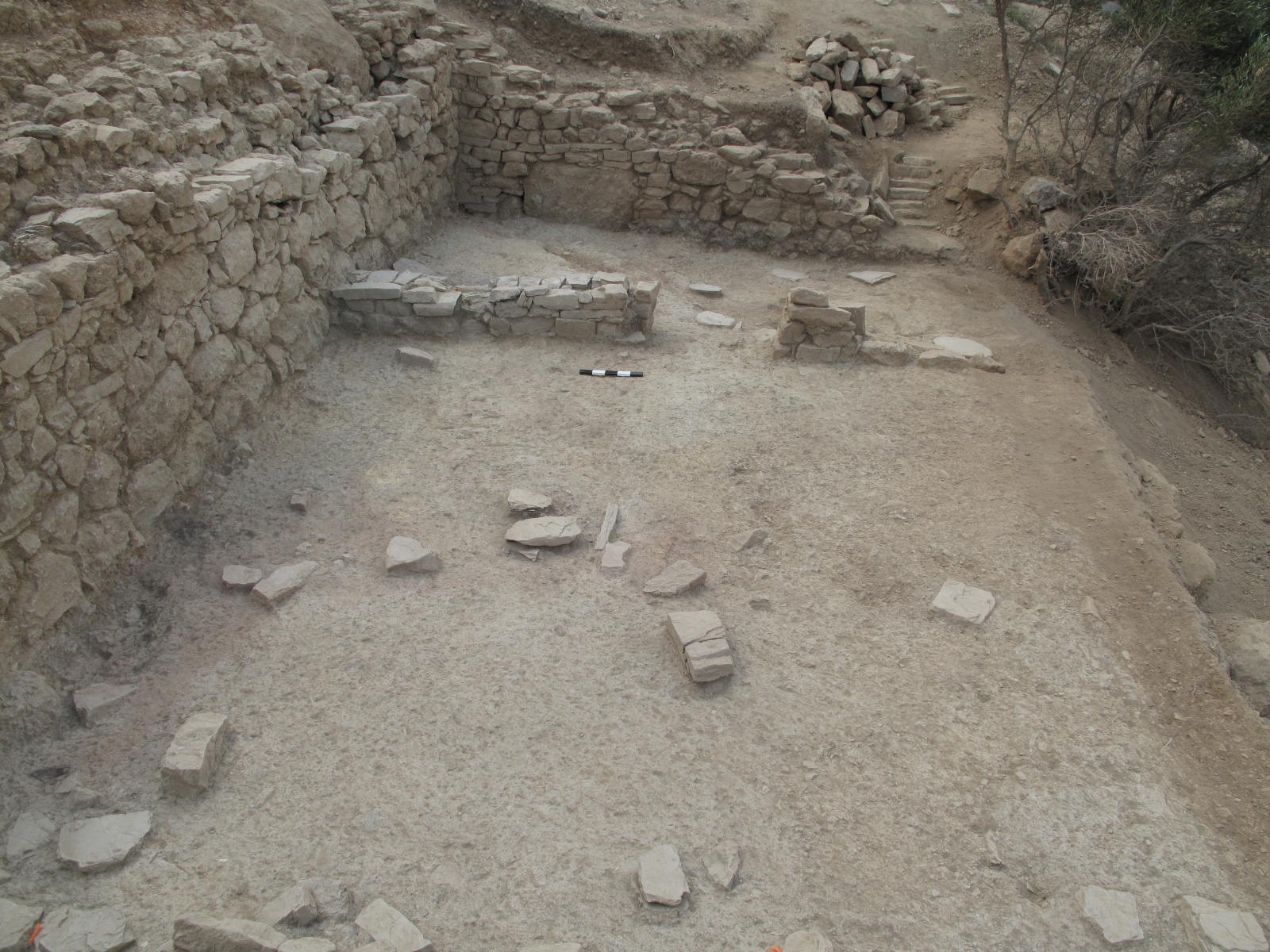The goal of the Azoria project is to draw connections between human landscapes of city and countryside, evaluating material patterns that underlie the concept of the ruralized city (Southall 1998). The premise is that the study of urban contexts of food processing and consumption can help us to understand the organization of rural production which affected or determined the sociopolitical roles of city dwellers. Historical sources for the early Cretan city define social relationships in terms of connections to the food-producing countryside: on the one hand there were citizen estate owners and non-citizen small-share holders, and on the other, laborers, serfs, and slaves who were dependent on elite rural estates or produce from public land. The goal of the Azoria Project is to identify these agents archaeologically, predicting that evidence of foodways can reflect human relationships with the hinterland and give us a more nuanced view of social roles in the community than that derived from extant historical sources. The broad aims of fieldwork are to document parts of a nascent Greek city center (ca. 1200-500 B.C.) that are relevant to reconstructing stages of its development and to analyze evidence for subsistence and surplus production that relate to the restructuring of kinship relationships and the emergence of corporate groups. The plan of this stage of work has three primary objectives: (1) to understand food provisioning in the civic context; (2) to recover evidence for class differences in terms of differentiation of processing and consumption patterns in various domestic and civic contexts; and (3) to explore stratigraphically earlier EIA levels at the site within both civic and habitation areas with a view to understanding the changes in the formal structure of the site, the economic systems, and social organization of the settlement throughout the Early Iron Age and before the establishment of the city in the seventh century B.C.
